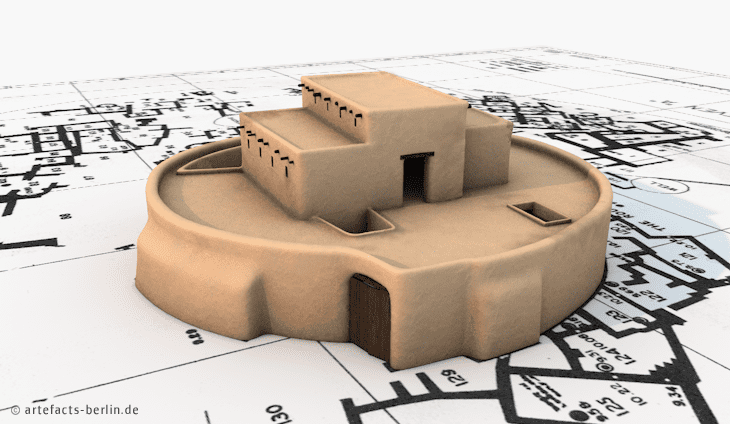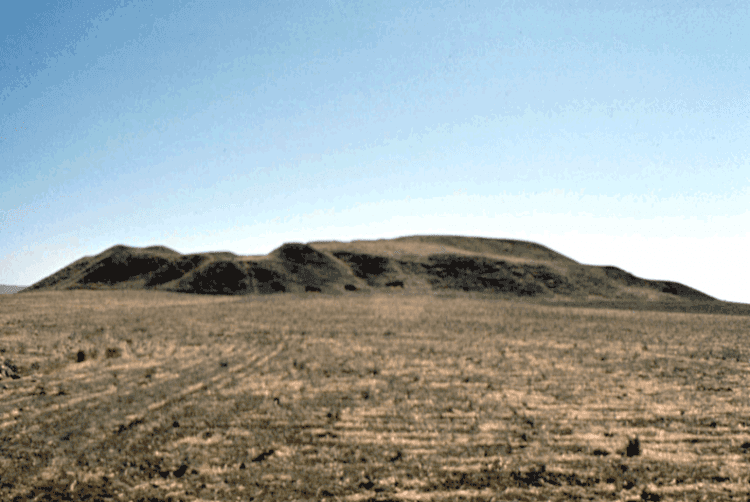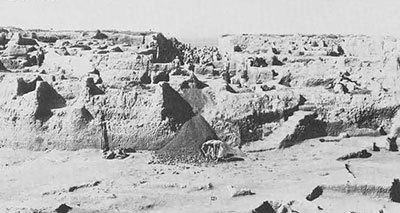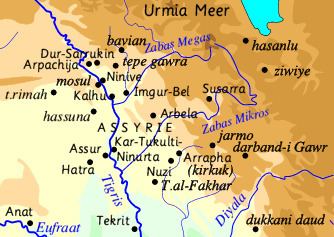Excavation dates 1927, 1931, 1932 | ||
 | ||
Tepe gawra tholoi b
Tepe Gawra (or "Great Mound") is an ancient Mesopotamian settlement in northwest Iraq that was occupied between 5000 and 1500 BC. It contains the remains from the Halaf period, then the Ubaid period, and then from the Uruk period (4000–3100 BC). Tepe Gawra is one of the few sites that contain material relating to the Halaf-Ubaid Transitional period c. 5,500-5,000 BC.
Contents
- Tepe gawra tholoi b
- History of archaeological research
- Tepe Gawra and its environment
- Occupation history
- References

History of archaeological research

A brief exploratory dig was performed by Austen Layard before 1850. The site was formally excavated in 1927, 1931 and 1932 for a total of 8 months by archaeologists from a joint expedition of the University of Pennsylvania and the American Schools of Oriental Research, led by Ephraim Avigdor Speiser.

In 2001, Mitchell Rothman reanalyzed the data from previous excavations, that did not use precise stratigraphic techniques. He considerably clarified the stratigraphy of the site.
Tepe Gawra and its environment

Tepe Gawra lies near the ancient site of Nineveh, 2 miles (3.2 km) from Khorsabad and 15 miles (24 km) northeast of the modern city of Mosul. The tell or settlement mound at Tepe Gawra is 120 metres (390 ft) in diameter and 22 metres (72 ft) high.
Occupation history

Excavations at Tepe Gawri revealed 16 levels showing that the Tepe Gawra site was occupied from approximately 5000 BC to 1500 BC. They include the earliest known temple to be decorated with pilasters and recesses. The Gawra Period (3500–2900 BC) is named for the site.

